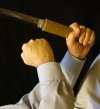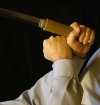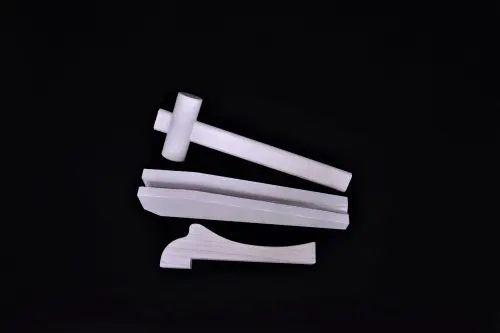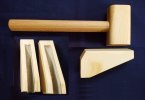The Zieg
Gold Member
- Joined
- Jan 31, 2002
- Messages
- 5,004

This Japanese naval sword came to me from a WWII veteran's widow many years after his death. She was downsizing her home and knew I was a collector of historical and edged things. I have read up a great deal on the history of Japanese swords but less so about the practical aspects of their later construction.
Seeing posts here about mei engravings on the nakago, I have two questions: 1. Given that I have never been able to dismount the blade (I can tap out the mekugi but the tsuka will not budge), what suggestions do the experts give to loosen it? and 2. Is it worthwhile to do this given the age and likely value of the sword and the possibility of damaging these parts (i.e., should I leave well enough alone)?
Things I would like to learn by seeing the tang and sharing images here but am not exactly losing sleep over: Manufacture specifics such as date, maker, region. Note that this is not a burning issue for me. I have had this sword for about twenty years.
Last edited:









